Trees that attract hummingbirds – 8 blossoming beauties for wildlife-friendly yards
Welcome these winged wonders to your outdoor space with these fabulous, flowering trees
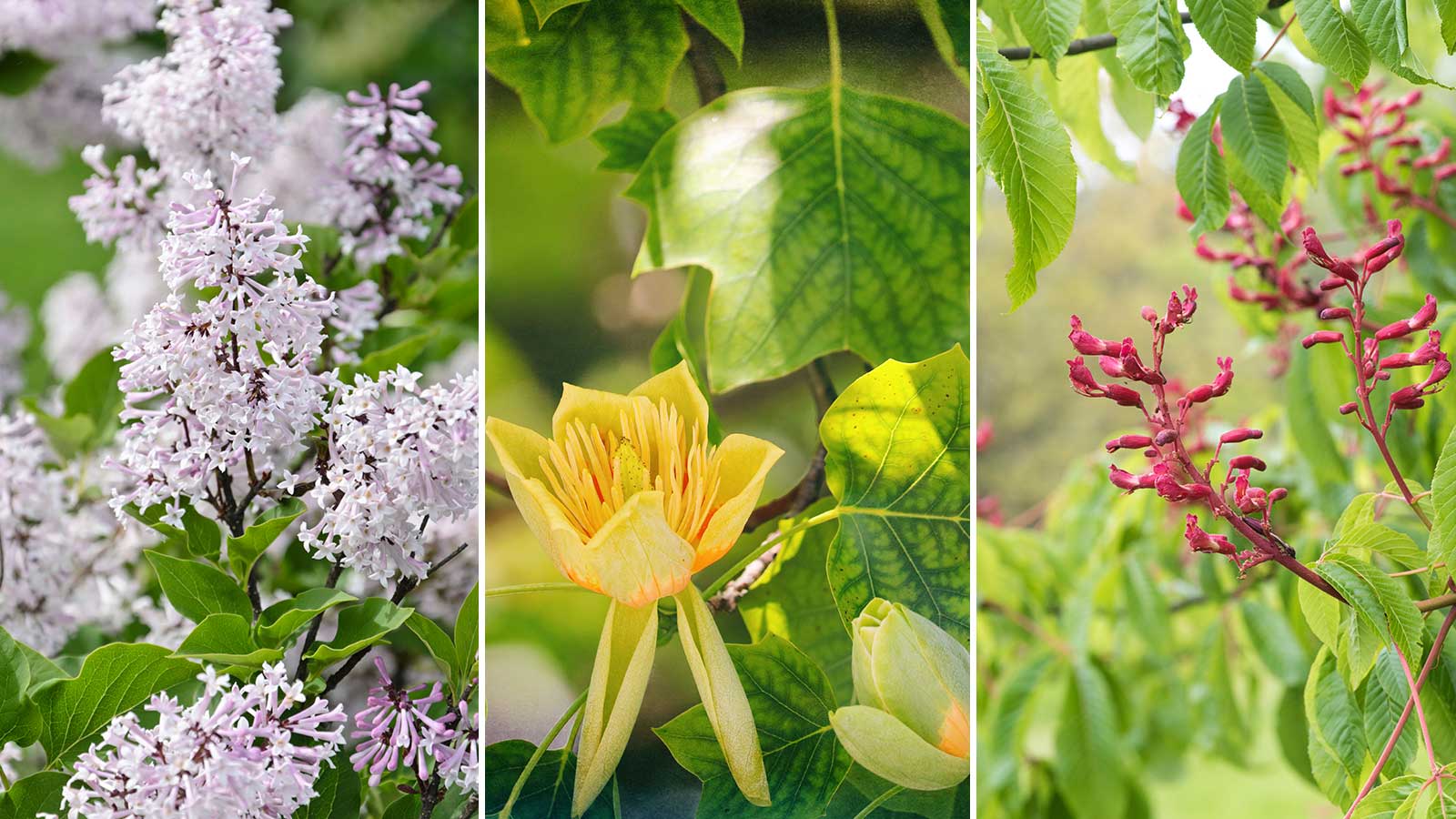
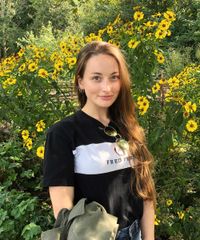
There are many ways to encourage more hummingbirds into your garden, including planting nectar-rich flowers and putting out food.
However, if you're also interested in updating your landscaping, a flowering tree could make a great addition. Plus, it can offer other benefits – from creating shade to providing privacy.
You'll find eight top options below that are great for attracting hummingbirds to your yard, including plenty of expert advice. Whether your space is large or small, you'll find something suitable from this list.
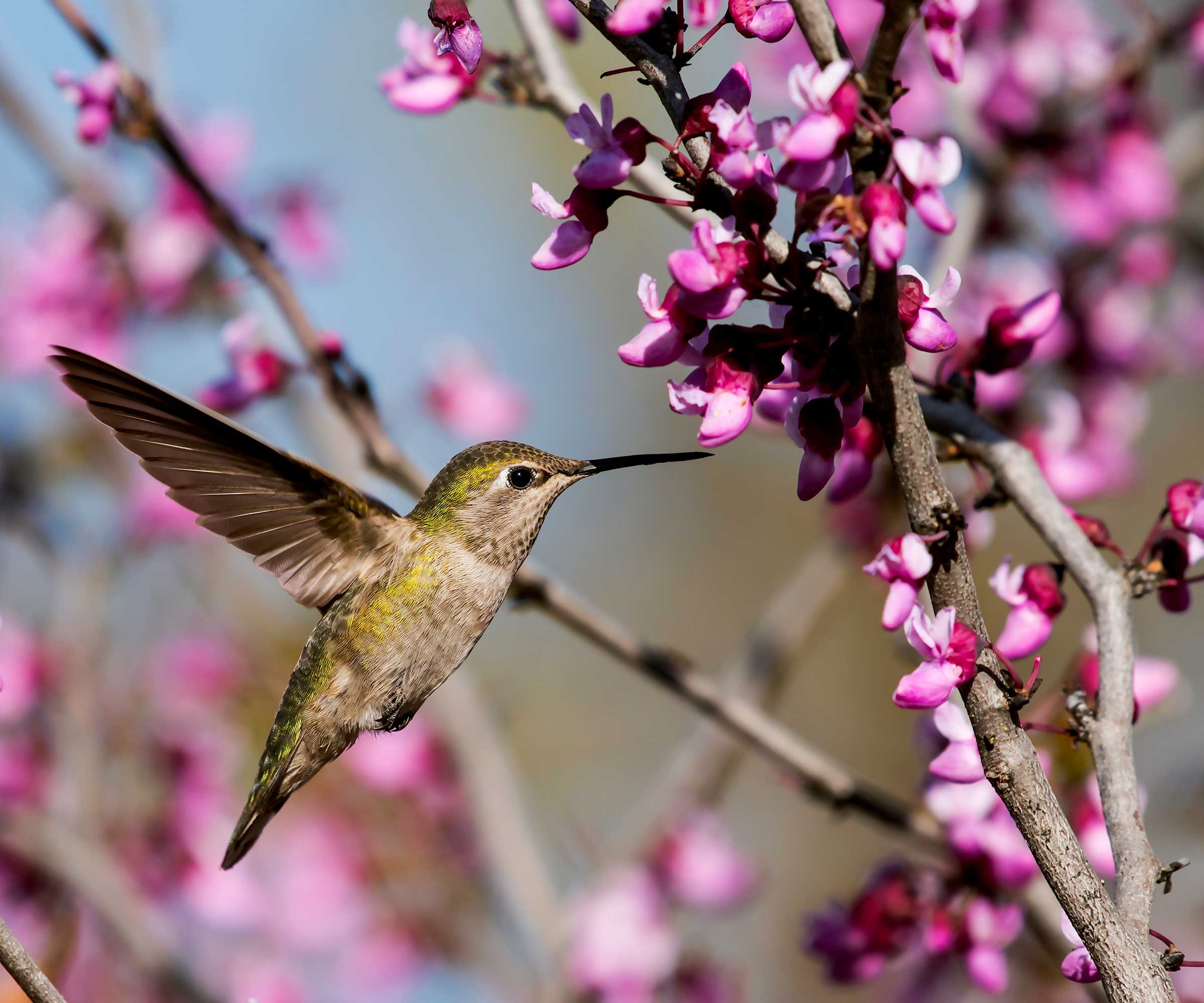
Many flowering trees will attract these birds to your space
8 backyard trees for attracting hummingbirds
Try planting these beauties to elevate your wildlife garden.
1. Geiger Tree

These tropical trees have vibrant blooms
If you live in a warmer hardiness zone of 10–11, you could consider a geiger tree (Cordia sebestena). These tropical trees are recommended by Christina Kontos, a wildlife biologist from Babcock Ranch, who highlights their dense, evergreen nature and magnificent show of orange flowers during most of the year. They are a favorite among hummingbirds, she says.
What's more, they can filter the sunlight for many other hummingbird-attracting plants, she points out, as well as providing shelter to these tiny birds while they rest in between flights.
'This species is drought-tolerant, requires sandy soils, and grows in full sun to partial shade,' she adds.
Design expertise in your inbox – from inspiring decorating ideas and beautiful celebrity homes to practical gardening advice and shopping round-ups.

Christina Kontos is the environmental mitigation manager and wildlife biologist at Babcock Ranch, America's first solar-powered town, where she is responsible for the management of 13,000 acres of preserves within and surrounding the community. Her career began at Lion Country Safari, where she cared for a pride of lions as a lion keeper and then followed her passion to become a wildlife field biologist with the Florida Fish & Wildlife Conservation Commission (FWC), which included areas such as Okaloachoochee Slough, Picayune Strand, and Big Cypress Wildlife Management Areas.
2. Crab Apple

A great option for smaller yards
Planting a crab apple tree will bring pretty pink or white spring blooms to your outdoor space. And, according to Dave Sheridan of Ascension Tree Care, they can be a great choice for attracting hummingbirds throughout most of the United States.
Tommy Wylde, a wildlife expert, also recommends these small backyard trees. 'They're pretty adaptable to different soil types but prefer sunny spots,' he says. 'Keep the soil moist, especially when they're young or during dry spells.' Pruning crab apples in late winter helps maintain shape and health, he adds.
Another benefit of crab apples is the small, colorful fruit produced in the fall, which is great for attracting other birds.
Try 'Purple Prince', from Nature Hills, which has purple leaves in the spring, red fruits, and good disease resistance.

Dave leads a team of certified arborists in Michigan, who are staunch advocates for the preservation of native wildlife habitats. Their mission is to care for trees in a way that benefits both homeowners and native wildlife.
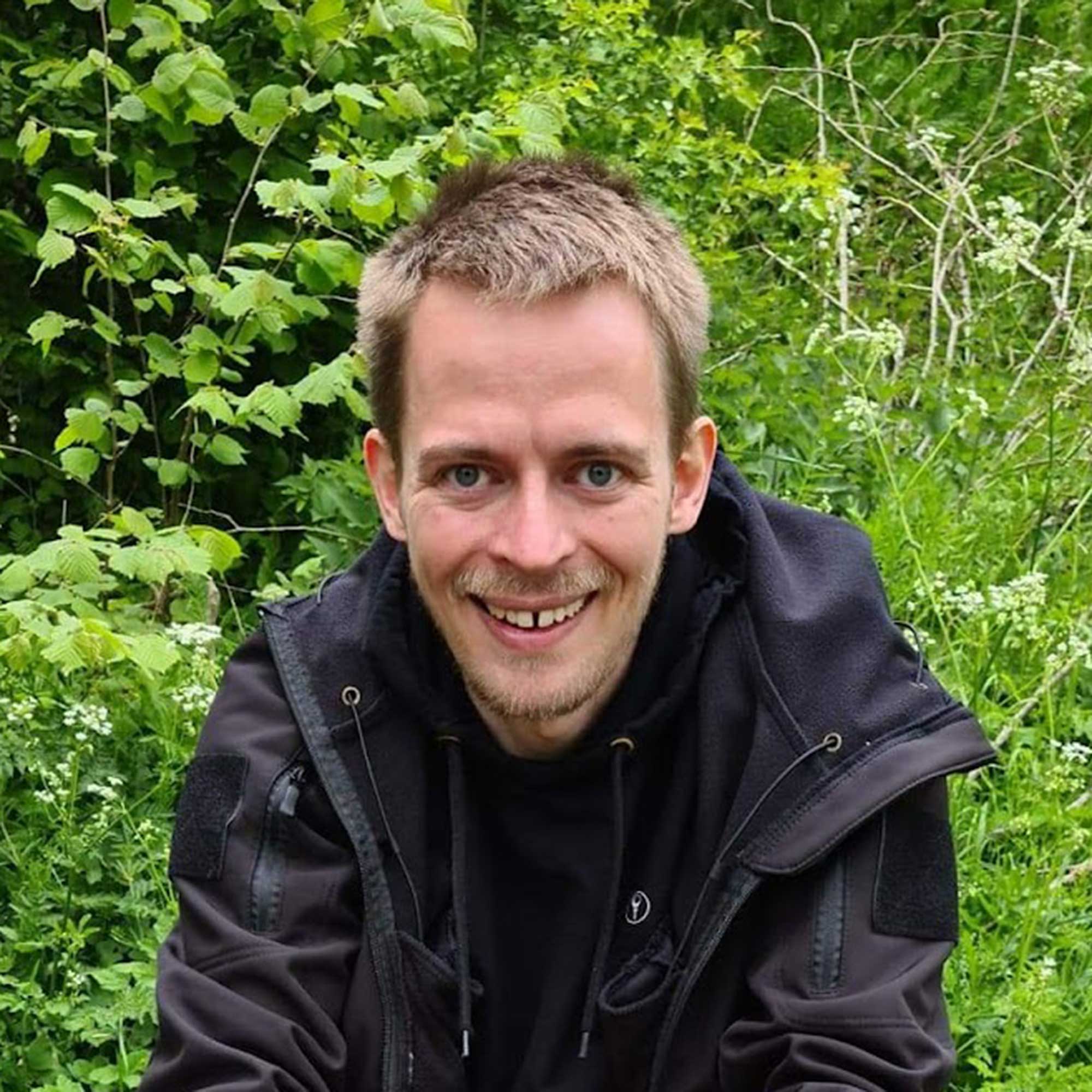
Tommy is a wildlife expert who has worked for several years as a nature guide. He now runs a wildlife-themed online publication called Floofmania.com where he writes about everything related to animals and North American wildlife.
3. Eastern Redbud
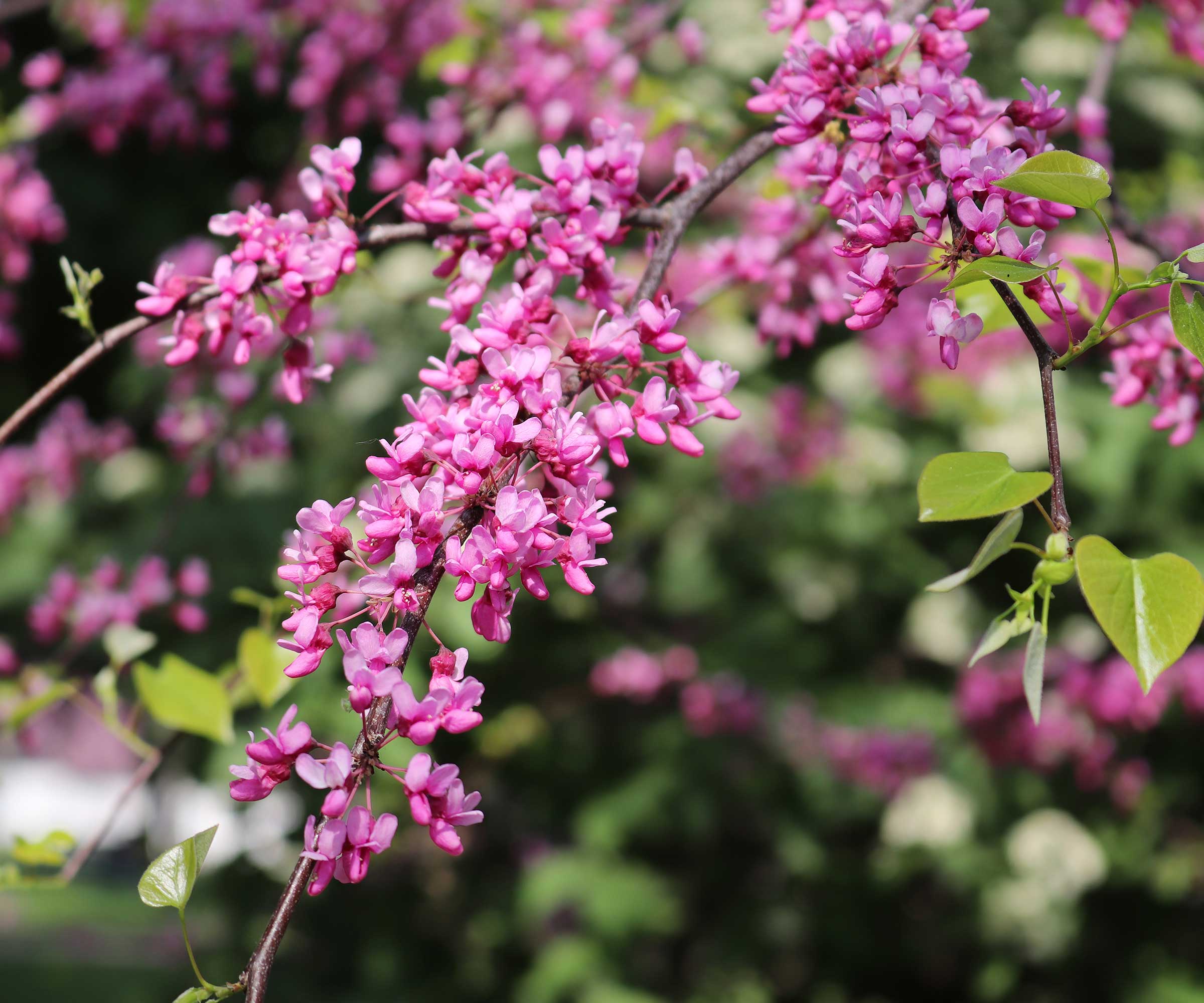
Pretty spring blossom will brighten your space and entice hummingbirds
Dave also recommends eastern redbuds (Cercis canadensis). Because these trees bloom so early, they can be an important attractant for hummingbirds and other pollinators in the spring, he points out.
Of course, the profusion of pink and purple blooms looks gorgeous, too, making them a top choice if you're on the lookout for flowering trees. These are followed by heart-shaped leaves, which turn yellow in the fall.
They are adaptable in terms of soil type (although well-draining is best) and suit both sunny and partially shaded sites. 'Preferring a hardiness zone of 4–9, this tree can be a great native backyard choice for most climates,' Dave adds.
You can shop for eastern redbuds from Nature Hills.
4. Tulip Tree

These large trees provide an impressive floral display
Tulip trees produce tulip-like yellow and orange blooms throughout the canopy from April to June, says Dave. This offers ample opportunities for hummingbirds.
Also known as Liriodendron tulipifera, tulip trees (available from Nature Hills) prefer a sunny spot, where they can create cooling shade. Suitable for hardiness zones 4–9, these fast-growing trees are low-maintenance and adaptable.
However, do take note of their mature size. 'The tulip tree can grow upwards of 80 to 100 feet tall when mature,' Dave says. 'It's important to decide whether your backyard can support such a large species.'
5. Red Buckeye

Hummingbirds are attracted to this tree's colorful blooms
Red buckeye, or Aesculus pavia, is another suggestion from Tommy due to its bright red, tubular flowers in spring. 'Hummingbirds can’t resist the color red, and the shape of the flowers is perfect for their feeding,' he says. These flowers are known to attract butterflies, too.
'Plant it in a sunny to partially shaded spot in well-drained soil,' Tommy continues. 'Water it regularly, especially in the first few years to establish a strong root system. It’s relatively low-maintenance but appreciates a little mulch to keep its feet cool.'
It's a striking deciduous tree with early spring leaves. But, do bear in mind that all parts of it, including the shiny nuts which drop to the ground, contain toxins and should not be eaten. Because of this, it may not be a good option for your yard if you have pets or children.
6. Northern Catalpa

As well as attracting hummingbirds, this tree will create shade in your yard
Dave also suggests growing northern catalpa (Catalpa speciosa) to attract these birds.
They produce large clusters of white flowers that resemble orchids, he says. 'These trees bloom in the late spring, somewhat delayed from other species, creating great opportunities as a later food source for pollinators.'
These native species prefer hardiness zones of 4–8, Dave continues. However, he points out that they can grow up to 70 feet tall, so like tulip trees, be sure you have suitable space before you plant.
For large backyards, these are great specimen trees for creating shade and welcoming wildlife. Northern catalpas are available to buy from Nature Hills.
7. Strawberry tree
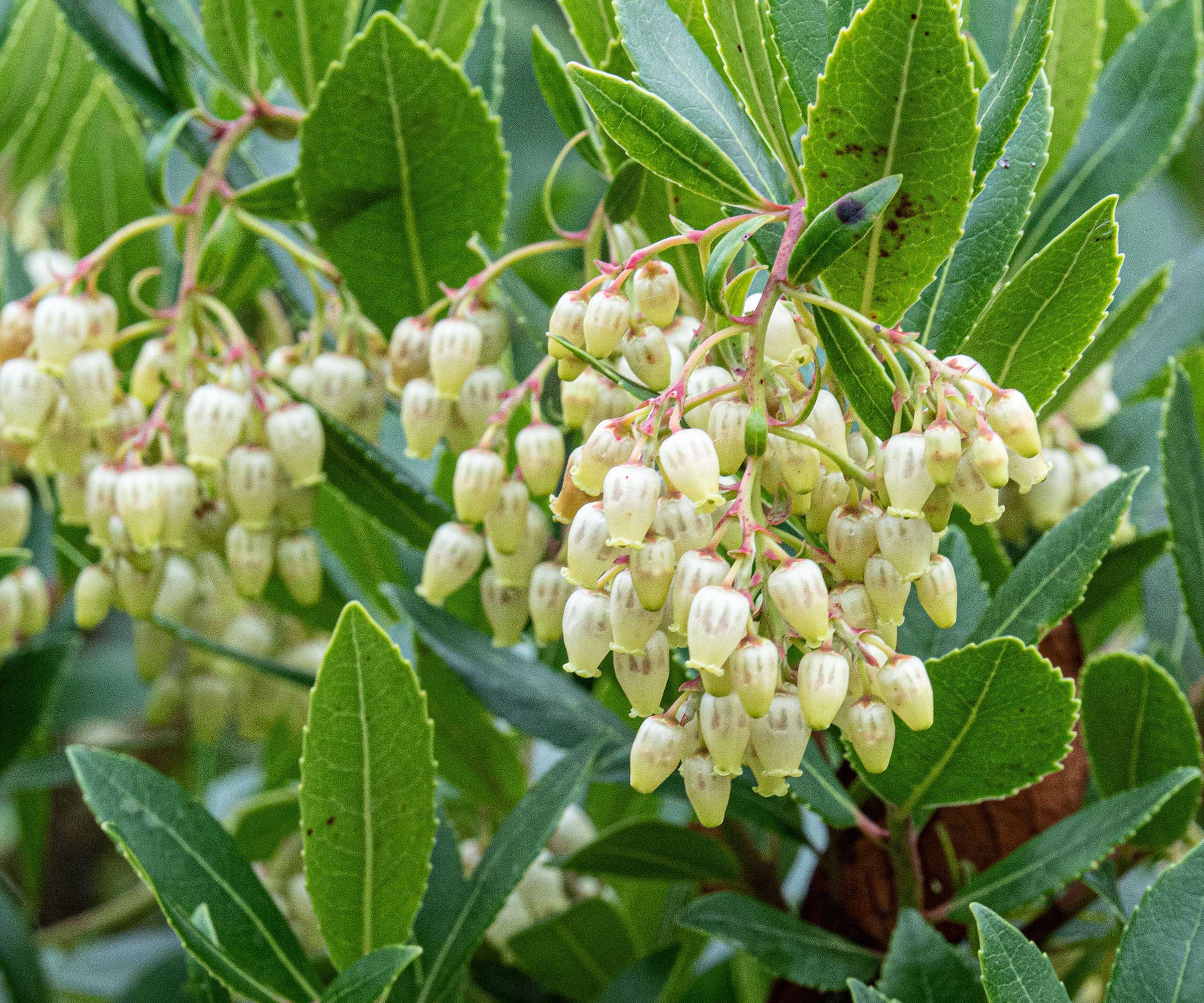
Easy-to-grow strawberry trees have plenty of pretty flowers
Strawberry trees, available at Fast Growing Trees, produce prolific, bell-shaped blooms in the fall. It is these nectar-rich flowers that attract hummingbirds, however the fruits that follow will attract other birds to your yard, too.
These charming and compact evergreens can be grown as trees in pots on your patio, or, in warmer climes (zones 8–11), planted straight into the ground. Somewhere sunny and sheltered with acidic, well-draining soil is best.
Once established, they're tolerant to drought and easy to look after, requiring minimal pruning.
8. Lilac

A favorite for fragrance
If you're looking for a tree to attract hummingbirds with beautifully fragrant flowers, growing a lilac is definitely worth considering. These springtime favorites come in hues of pink, white, or purple – and are great plants for other pollinators, too.
Plant them in full sun to partial shade, with good drainage. They grow relatively fast, but knowing how to prune lilacs properly will keep them looking neat.
For container gardens, there are compact varieties available. Try 'Miss Kim' from Fast Growing Trees, which only reaches up to 8 feet and has purple-colored foliage in the fall. Alternatively, try 'Tinkerbelle®' from Nature Hills, which has pretty pink blooms.
FAQs
Which evergreen trees attract hummingbirds?
Evergreen trees are great for upping garden privacy as they provide a leafy screen all year. Strawberry trees are a lovely choice with their colorful fruit and flowers. Geiger trees are also an option if you live somewhere warm.
Elegant eucalyptus trees with their small, fuzzy blooms are also known to attract hummingbirds. However, they are invasive plants in some regions, so double-check before you buy.
For something a little shrubbier, consider the bottlebrush tree, available from Nature Hills. Suitable for sunny spots in warmer climes (hardiness zones 9–11), it has striking red flowers which attract hummingbirds. Plant it in pots, as a small specimen tree at the side of a border, or even as a hedging plant.
Alternatively, if you're looking for evergreen shade plants that attract hummingbirds, consider rhododendrons with their vibrant blooms.
Which is the best small tree to attract hummingbirds?
If you're working with a small backyard, strawberry trees, crab apples, and compact varieties of lilacs will help attract hummingbirds while being suited to your space. They can thrive in large planters, too – perfect for brightening up a patio.
To increase your chances of attracting these birds, you could hang hummingbird feeders from tree branches, too. And, while it can be bought ready-made, it's easy and budget-friendly to make hummingbird food at home using our guide.

Holly started writing about gardening five years ago, and she is a regular contributor to Homes & Gardens. She has also written many gardening features for Woman & Home and Real Homes, too. She has previous experience as a professional gardener, where she helped to plant and maintain private gardens. Holly has also looked after allotment plots over the years and loves to grow her own flowers and veggies from seed. In her spare time, she enjoys visiting local gardens, botanical drawing, and tending to her ever-growing collection of houseplants.